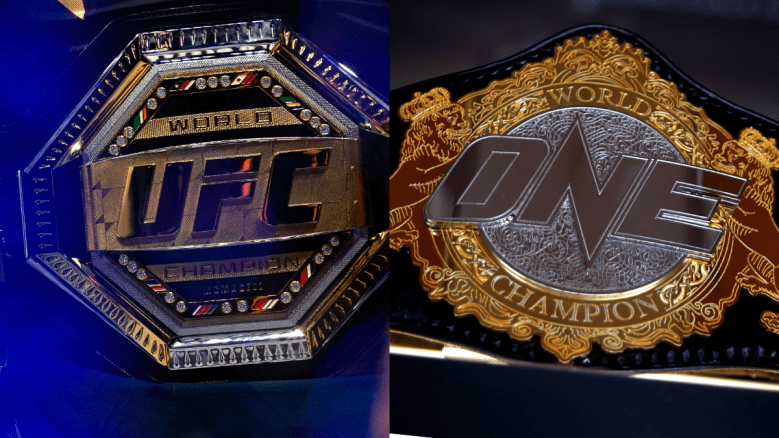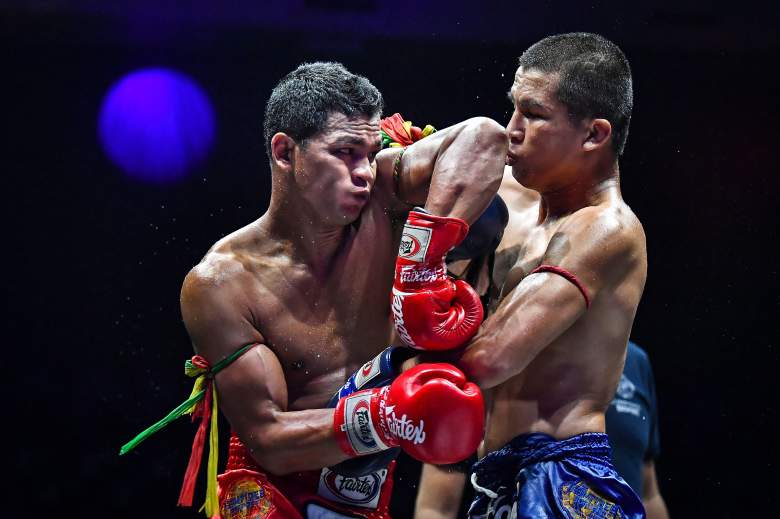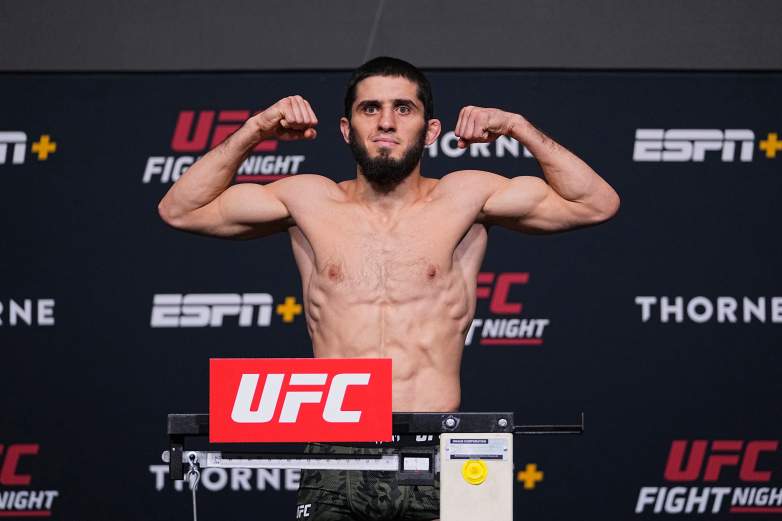
Getty The Key Differences Between the UFC and ONE
The UFC and One Championship are currently two of the biggest and most prestigious martial arts organizations in the world. In 2022, Singapore-based One Championship announced it would expand its reach into the U.S. and Canada markets with a series of 12 live events each year that would be available exclusively on Amazon Prime Video. This is a significant deal for the company, and it will undoubtedly generate some interest and excitement among martial arts fans.
The competition between these two organizations is good for fans because it means that they will have access to some of the best martial arts events and fighters in the world. With One Championship’s expansion into the U.S. market, fans can look forward to even more options for martial arts entertainment. While the UFC is currently the dominant organization in this space, One Championship’s increasing popularity is something to keep an eye on.
The Key Differences Between One Championship & the UFC
One Hosts Muay Thai, Kickboxing, MMA & Submission Grappling
The UFC is renowned for being the premier platform for mixed martial arts on a global level. One Championship sets itself apart by offering a blend of disciplines on its fight cards, meaning fans can enjoy a range of martial arts talent in Muay Thai, kickboxing, MMA and submission grappling at the same event.
This strategy sets One Championship apart from other organizations, and it’s a refreshing change for those who want to see something different from the usual MMA fights.

GettyOne Championship hosts Muay Thai as well as other combat sports on their fight cards.
Muay Thai in 4-Ounce Gloves
One Championship has a unique approach to hosting Muay Thai fights compared with traditional Muay Thai events. Instead of using standard boxing gloves, One Championship requires its fighters to use 4-ounce gloves, similar to those used in MMA fights. The smaller glove size makes fights more thrilling and dangerous because the fighters’ guards are less effective.
The smaller gloves allow fighters to strike with greater speed and power, resulting in more exciting fights for the audience. It also adds an extra level of skill and strategy for the fighters since they have to adjust their techniques to the different glove sizes. This approach has proved to be popular with fans who enjoy watching high-intensity fights that showcase the raw power and skill of the fighters.
Differences in Rules: UFC vs. One
Mixed Martial Arts (MMA)
One Championship has adopted the Global Martial Arts Ruleset, which is a set of regulations that combines the best practices from both Asian and non-Asian martial arts. These rules are similar to those used in the UFC, with the exception that knees to the head of a downed opponent are permitted.
Previously, One Championship also allowed soccer kicks to the head of a grounded opponent, but this practice has since been banned as part of the organization’s efforts to expand globally. While the ruleset is largely similar to the UFC’s, the allowance of knees to the head of a downed opponent adds an interesting dynamic to the fights and can lead to exciting finishes.
Kickboxing
One uses K-1 rules in their kickboxing bouts. Bouts are 3×3 minute rounds, with title fights being five rounds. Fights are scored using a 10-point must system. Fighters weighing at bantamweight or lighter wear 8-ounce gloves, and fighters in heavier weight classes wear 10-ounce gloves.
Muay Thai
One Superseries Muay Thai uses three three-minute rounds using the global Muay Thai ruleset, with five rounds for title fights. Fights are scored using a 10-point must system. Elbow strikes, clinch fighting, sweeps and throws are all allowed. Fighters use open-fingered 4-ounce gloves as opposed to boxing gloves.
Submission Grappling
Using the One Grappling ruleset, grapplers can either win by submission or decision, which is scored over the course of one 10-minute round. Winners are determined on the “number of real submission attempts.” Yellow cards can also be issued for stalling.
Differences in Weight Classes: UFC vs. One FC

GettyThe UFC and One FC have different weigh-in procedures.
The UFC currently features nine weight divisions, whereas One Championship has 10 weight divisions, introducing an additional Atomweight division for the smallest female fighters. While the names of the weight divisions are the same in both organizations, the weight classes themselves differ slightly. In general, the One Championship weight classes tend to be slightly heavier than their UFC counterparts.
UFC Weight Divisions
(source: Ladbrokes.com)
| Weight Class | Lower / Upper Limit (Lbs) | Gender |
| Strawweight | No minimum / 115lbs | Female |
| Flyweight | 115lbs / 125lbs | Male / Female |
| Bantamweight | 125lbs / 135lbs | Male |
| Featherweight | 135lbs / 145lbs | Male |
| Lightweight | 145lbs / 155lbs | Male |
| Welterweight | 155lbs / 170lbs | Male |
| Middleweight | 170lbs / 185lbs | Male |
| Light Heavyweight | 185lbs / 205lbs | Male |
| Heavyweight | 205lbs / 265lbs | Male |
One Championship Weight Divisions
| Weight Class | Lower / Upper Limit | Gender |
| Atomweight | 105lbs / 115lbs | Female |
| Strawweight | 115lbs / 125lbs | Female |
| Flyweight | 125lbs / 135lbs | Male |
| Bantamweight | 135lbs / 145lbs | Male |
| Featherweight | 145lbs / 155lbs | Male |
| Lightweight | 155lbs / 170lbs | Male |
| Welterweight | 170lbs / 185lbs | Male |
| Middleweight | 185lbs / 205lbs | Male |
| Light Heavyweight | 205lbs / 225lbs | Male |
| Heavyweight | 225lbs / 265lbs | Male |
